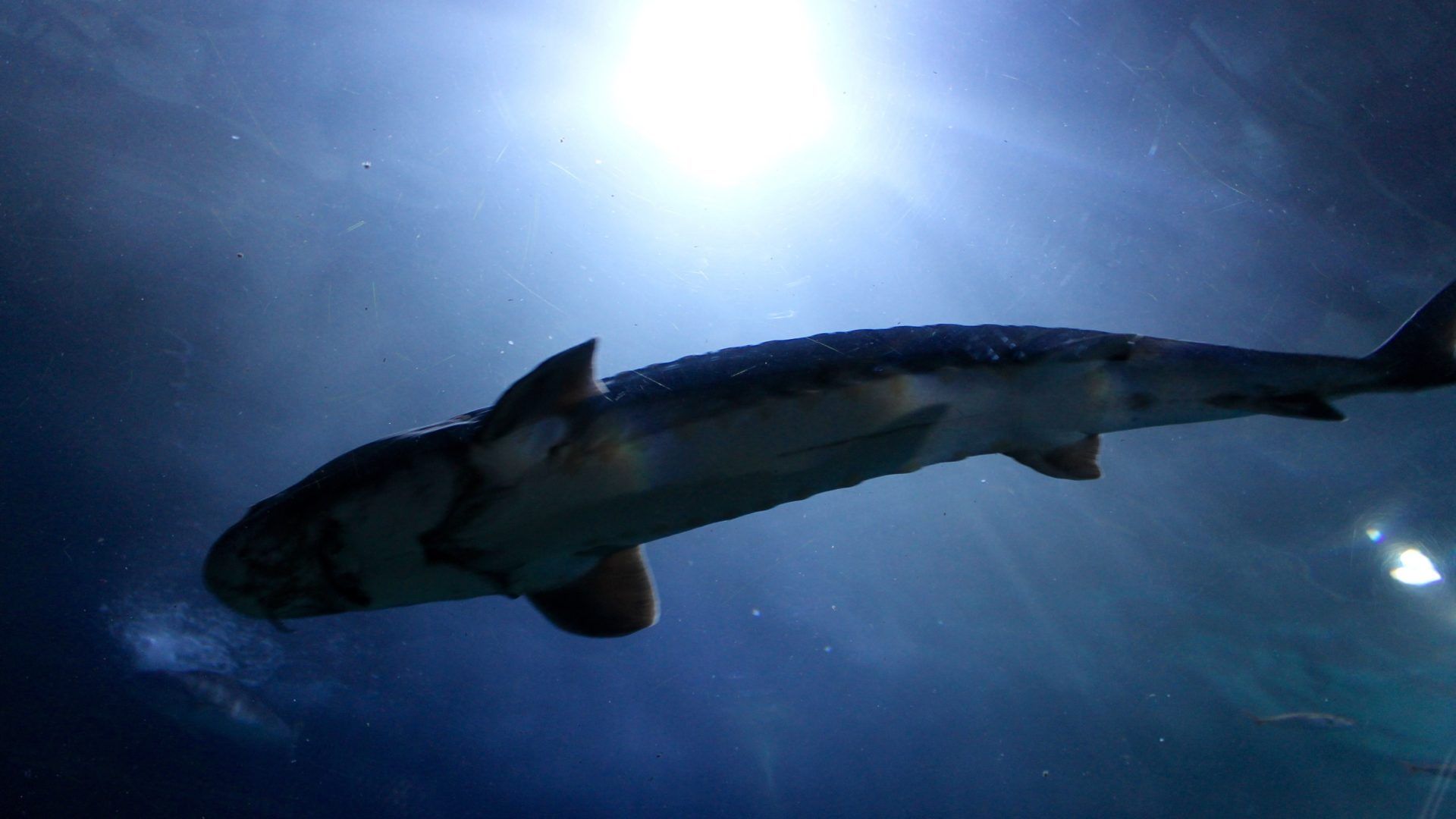
Why Tag Sharks?

Understanding shark movement and location is a central component of effective conservation strategies. In many cases, policy makers have been unable to conserve threatened sharks due to the lack of appropriate data on shark movements and behaviours, data which tagging and tracking work can provide.
Two types of tags are primarily used: satellite and acoustic tags. The satellite tags are short-term data loggers that pop off the animal, float to the surface and transmit to a satellite. Acoustic tags are a long-term data collection option. They emit a series of pulses for up to 10 years, their pattern individually identifying each tag and therefore each shark. Tags are attached to the sharks usually with a tag pole when a shark swims near the surface in proximity to a research vessel.
You may be wondering if the tagging causes the sharks any pain. Many tags are attached on the fins, which have no nerve supply, and therefore do not harm the study subject. Scientists and engineers are constantly working together to improve tag performance, power, data acquisition, sensor capabilities, as well as reduce tag size, drag and improve animal welfare.
Act, adventure, exploration, Explore, Learn, MikeHorn, pangaea, Pole2Pole, Sharing, sharkproject, Sharks
 En utilisant ce site web, vous acceptez l'utilisation de cookies telle que décrite dans notre politique de confidentialité.
En utilisant ce site web, vous acceptez l'utilisation de cookies telle que décrite dans notre politique de confidentialité. By using this website, you agree to the use of cookies as described in our Privacy Policy.
By using this website, you agree to the use of cookies as described in our Privacy Policy.